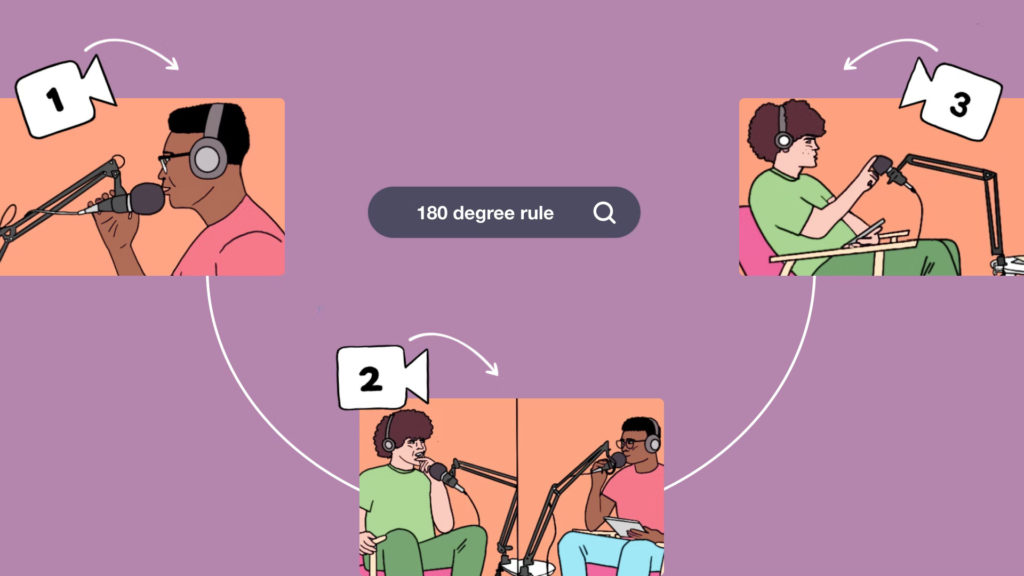What Is the 180 Degree Rule in Cinematography?
Nobody likes being given a load of rules. But, you can break them if you’re smart about it. Let us explain the 180 degree rule in film, and how you can bend or break it like a pro!
With something as creative and artistic as filmmaking, you’d be forgiven for thinking that rules are the enemy. Restrictions, limitations, and boundaries all sound like things that would stifle someone’s vision. Directors and creators tend to be heralded for breaking down established practices or busting through boundaries. However, there are a few rules that should rarely be disregarded.
One of these is the 180 degree rule. One of the most important rules in filmmaking. You may have heard of similar sounding rules, like the 30 degree rule. Relating to camera angles, these are in place to help filmmakers create professional and eye-pleasing shots. Of course, getting creative with camera work is what can bring a film to life. But, without some of the important fundamentals, things can become messy or amateurish.
What Is the 180 Degree Rule?
Why is the 180 degree rule so important then? It’s a pretty straightforward concept, that helps keep order and sense within a scene.
Here’s the definition, according to Studiobinder:
The 180 degree rule is a filmmaking guideline for spatial relations between two characters on screen. The 180 rule sets an imaginary axis, or eye line, between two characters or between a character and an object. By keeping the camera on one side of this imaginary axis, the characters maintain the same left/right relationship to each other, keeping the space of the scene orderly and easy to follow.
When the camera jumps over the invisible axis, this is known as crossing the line or breaking the line, and it can produce a disorienting and distracting effect on a viewer.
So, it’s all about keeping cameras on the same side of this imaginary line that’s drawn between characters. This is especially important to remember when using the shot reverse shot technique.

But, notice how Studiobinder’s definition references a “breaking [of] the line”? I know we said this is one of the most important rules, and it should really be followed. But, you can break it if you’re clever about it.
Breaking the Rules
If you ignore the 180 degree rule altogether, you risk your footage looking unprofessional. It could also result in an unpleasant viewing experience for audience members. But, if you break the rule in a considered and purposeful way, you might stumble upon some cinematic magic.
The 30 degree rule is one filmmakers are told to generally adhere to. This is to avoid jarring cuts that make for a jagged edit. However, the deliberate ignoring of this rule gives us jump cuts, which can be used to show the passage of time as well as introducing characters, or highlighting a character’s mental state.
Similarly, you can break the 180 degree rule to create big impact in a certain way. If you break this rule, you’ll get a disorienting effect, and can cause confusion regarding the relationship between characters in terms of their positions.
This can be perfect for chaotic fight scenes, or instances where characters are falling or tumbling about. For this to have maximum impact, the 180 degree rule should be fully established early on in a project. Setting these foundations clearly will allow you to mess with them later on.
